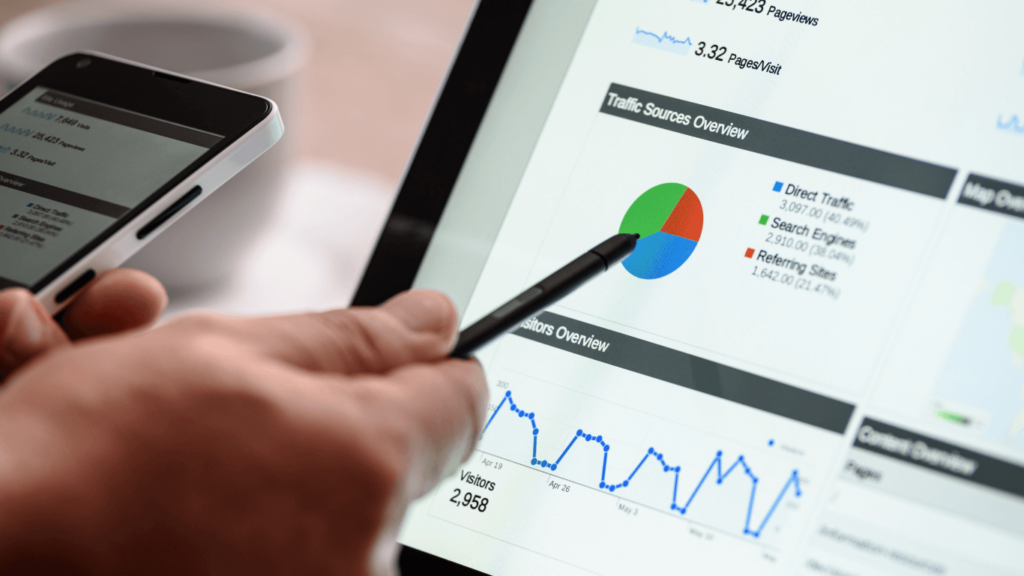How To Configure Google Analytics?

What exactly is Google Analytics?
Google Analytics is a free tool that uses statistics and web analysis to help you understand your customers’ behavior. Google’s popular digital analytics service monitors and reports on website traffic. For example, if your business operates an online store, Google Analytics can be used to track and analyze data from advertising campaigns in order to better understand your customers’ journey from ad click to purchase. Marketers value the ability to track performance and progress using analytics.
How Do I Begin Using Google Analytics?
To get started with Google Analytics, you must first create an account. After you’ve created your account, you’ll add the platform’s JavaScript code to your website, which will allow data from your site to be collected. The information gathered will show how users interacted with your page, how long they spent on your website, what pages they visited, and whether or not they made a purchase. Google Analytics collects data and organizes it into various reports that you can access.
Beginner’s Guide to Google Analytics:
- To avoid confusion, consult Google’s video guides.
- Establish your primary goals and objectives.
- Understand the metrics and decide which ones are most important to you.
- Take note of the bounce rate and session duration.
Getting to Know Your Google Analytics Dashboard
You can always access your Google Analytics dashboard by going to https://analytics.google.com. You will be able to view statistics about your website as well as data about visitors and site traffic via your dashboard.
How to Add a Google Analytics Tracking Code to Your Website
A text box with your tracking code will appear on the Google Analytics dashboard screen. Google uses this tracking code to track data associated with each page of your website. Follow these steps to create your tracking code:
- Copy the entire code and paste it into the Global Site Tag text box (appears on dashboard)
- Copy and paste the tracking code into the head> tag of each webpage.
- Publish website updates
- Audience feedback
- Purchase reports
- Reports on behavior
- Data in real time about who is visiting your website and where they are located
- Data on the most popular locations for your website
- What browser and device are visitors using to access your website?
- How often do visitors return to your website?
- The time visitors spend on your website
